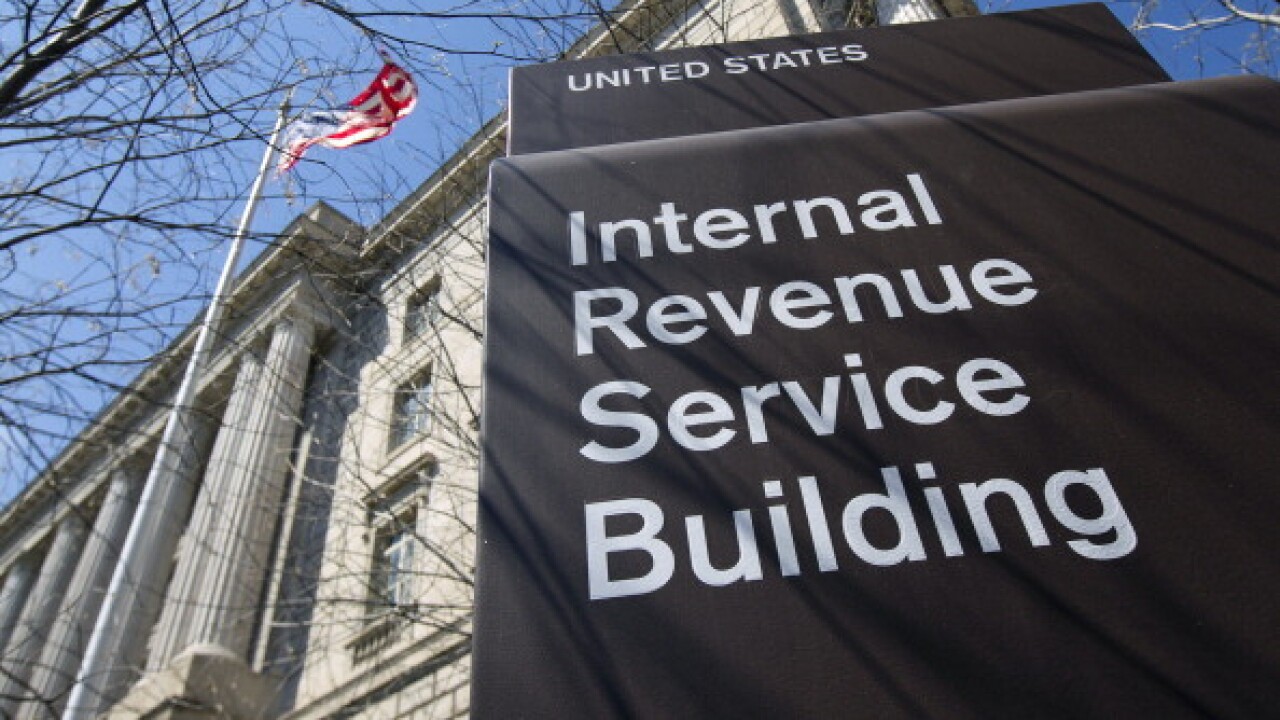The Internal Revenue Service is being urged to consider modifying the 1040 form to make it easier for more people to claim the Earned Income Tax Credit.
A new
However, TIGTA believes that modifying the Form 1040 itself and getting rid of the separate Schedule EIC could encourage more taxpayers to file EITC claims and avoid problems with the reminder notices.
“Modifying the tax return could increase overall participation and eliminate the need for reminder notices, saving the IRS an estimated $2 million annually,” said the report. “Recent versions of the reminder notice sent to taxpayers with children contained erroneous eligibility instructions. The error may have adversely affected a taxpayer's decision to respond or resulted in the credit being incorrectly denied. Although the IRS became aware of the error in July 2015, internal processes delayed the IRS from issuing a revised notice for almost two years. The IRS did not notify taxpayers of the error.”
The report also pointed out that while the objective of the reminder notices is to increase EITC participation, the IRS hasn’t specified a goal for participation rates in future years. TIGTA believes improved performance measures are needed to adequately assess the effectiveness of the program.
The inspector general recommended that the IRS evaluate some alternative approaches to increase EITC participation and reduce the costs. It suggested, for example, that the IRS should consider eliminating Schedule EIC, "Earned Income Credit," and instead modify the Form 1040 to collect the necessary eligibility information, such as the ages of children and the duration of residency, instead of sending reminder notices.
TIGTA also suggested the IRS set up procedures to notify taxpayers on a timely basis if they’ve received reminder notices with an error. Finally, the report recommended that the IRS establish a specific objective for increasing EITC participation rates for eligible taxpayers, along with related performance measures to determine whether the established objectives have been achieved.
The IRS agreed with all of TIGTA’s recommendations, although it still needs to work out some kinks in how its computer systems deal with EITC claims for single filers. “We will study the costs and benefits of modifying Form 1040, 'U.S. Individual Income Tax Return,'” wrote Kenneth Corbin, commissioner of the IRS’s Wage and Investment Division, in response to the report. “We will consider whether suggested changes may provide enough information for single filers to eliminate the need for Computer Paragraph Notice 27, 'EIC Potential for T/P Without Qualifying Children.' However, because the suggested revision does not capture key EITC requirements for claiming a child, the IRS will conduct additional analysis on the effectiveness, efficiency and burden on taxpayers of the recommended changes and other potential changes to Form 1040.”






